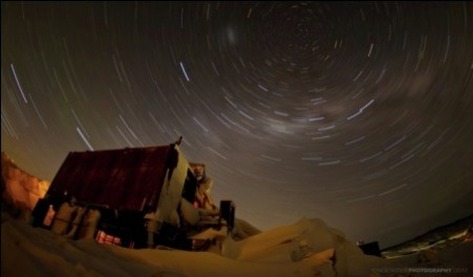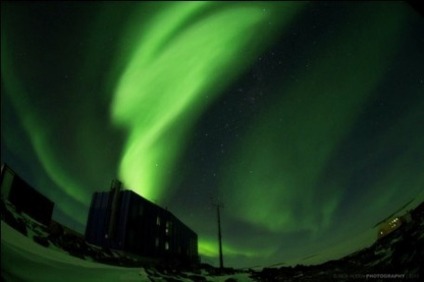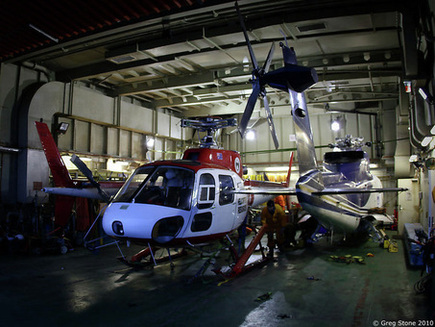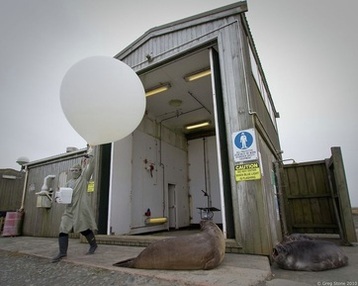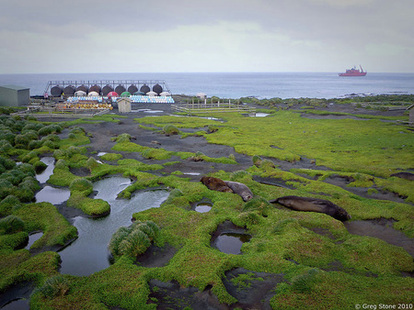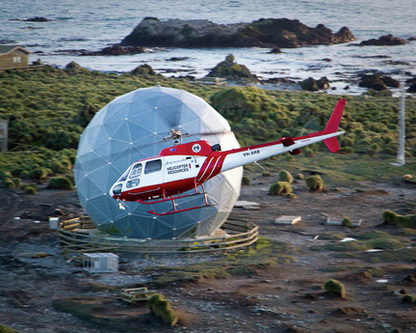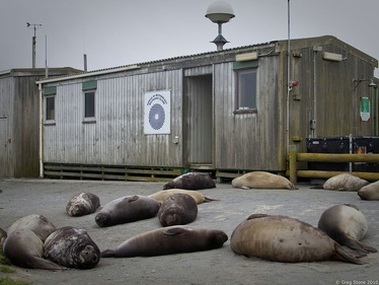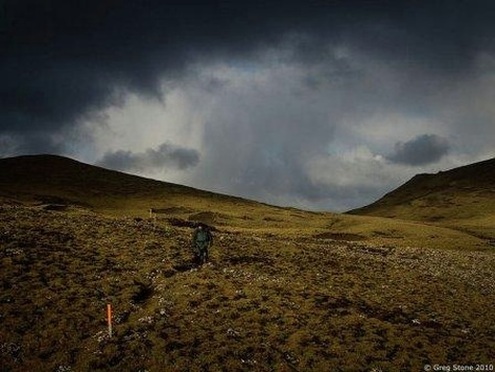- AGM - General Information
- AGM - Nominating for Council
- Message from the Club President
- About Our Club
- Club Management
- Our Branches
- Family & Friends Association
- Introduction to the Site
- News and Upcoming Events
- Melbourne MWD 2012 Images
- UK/Europe MWL 2012
- Photos from some Recent pre-2012 Dinners
- Nomination Form
- 2011 Medal Recipient
- Introduction
- Melbourne
- New South Wales
- Northern Territory
- Queensland
- South Australia
- Tasmania
- Links to Official Sites
- Links to Personal Pages
-
Gallery and Sound Bites
- Obituaries and Member Tributes
- Shelagh Robinson
- Alf Howard
- Dr Phil Law
- Classified Ads and Similar
- Gallery and Sound Bites
- Macquarie Island Field huts
- Brewing beer on station
- Masons Hut in miniature
Images and Stories from 2010 onwards
Lidar, Davis 2010
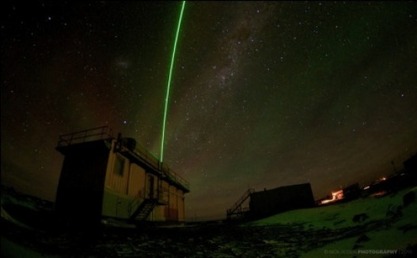
Photo by Nick Roden
LIDAR (Light Detection and Ranging) instruments shoot a beam of laser light into the air to measure atmospheric density, temperature, wind speed and aerosol particles.
The Davis Station Lidar is programmed to study the middle atmosphere, between 10 and 90 kilometres above the earth’s surface since 2001. The main aim of the Davis Lidar is to investigate the long-tem climate and characteristics of the Antarctic atmosphere in the study of global climate change.
A second, high-powered German laser will be installed at Davis station this summer as part of a collaboration between the Australian Antarctic Division and Germany’s Leibnitz-Institute of Atmospheric Physics. The new German LIDAR will use a different wave length to reach higher into the lower thermosphere, to an altitude of 80-100 kilometres.
The Davis Station Lidar is programmed to study the middle atmosphere, between 10 and 90 kilometres above the earth’s surface since 2001. The main aim of the Davis Lidar is to investigate the long-tem climate and characteristics of the Antarctic atmosphere in the study of global climate change.
A second, high-powered German laser will be installed at Davis station this summer as part of a collaboration between the Australian Antarctic Division and Germany’s Leibnitz-Institute of Atmospheric Physics. The new German LIDAR will use a different wave length to reach higher into the lower thermosphere, to an altitude of 80-100 kilometres.
The Drive In, Davis, 2010
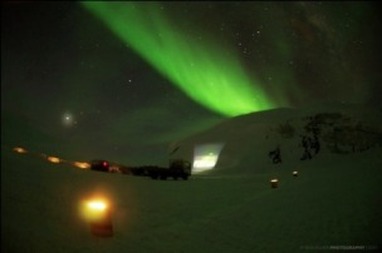
Photo by Nick Roden.
During the winter period a 'drive in movie night is usually planned. Expeditioners roll up in Haggulands (tracked over snow vehicles) and watch the film which is projected onto hills covered in snow or icebergs marrooned in the sea ice. 'The Thing' is one of the favorite films...and the scariest!
A series of old fuel drums with lights show the way.
A series of old fuel drums with lights show the way.
Davis -Zhon Shan Traverse, Davis 2010
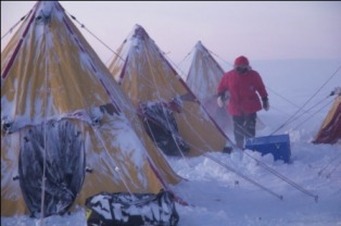
Photo by Nick Roden.
Story pending.....
Macquarie Island 2011
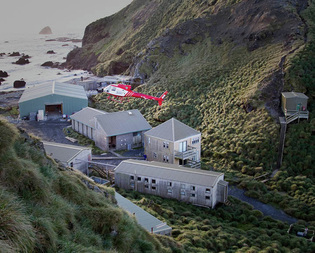
Photo by Greg Stone.
Overhead view of station.
From front to back:
SAD (Southern Aurora Donga),
Garden Cove with surgery /mess adjacent
Hassleborough House with pointed roof
Green store
Magnetic hut bedide the track up to Wireless Hill
From front to back:
SAD (Southern Aurora Donga),
Garden Cove with surgery /mess adjacent
Hassleborough House with pointed roof
Green store
Magnetic hut bedide the track up to Wireless Hill
